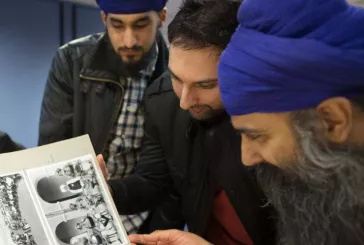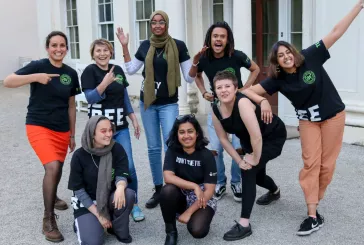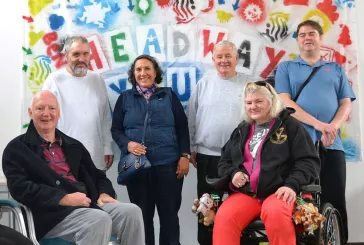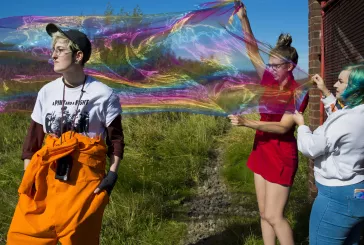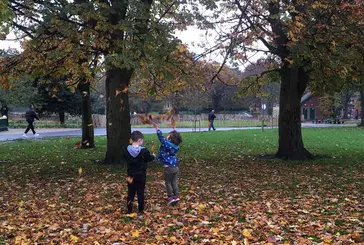Inclusive heritage

Using money raised by National Lottery players, we provide grants for heritage projects from £10,000– £10million to ensure that heritage is valued, cared for and sustained for everyone, now and in the future.
What is inclusion?
We believe everyone should be able to benefit from our funding, regardless of age, disability, ethnicity, gender, sexuality, faith, class or income. Explore the stories below to see how organisations have thought creatively about making their projects inclusive.
"Heritage activities bring people and communities together in so many brilliant ways. We are constantly inspired by the many creative ways previously hidden histories are shared, helping us all learn more about each other and our differing personal lives, experiences and memories."
Liz Ellis, Heritage Fund Policy Project Manager for inclusion
The terms we use:
Some of the terms we use include:
- diverse ethnic communities, or ethnically diverse communities. In Scotland we use MECC (minority ethnic and cultural community). We have revised our usage of the term BAME (Black, Asian and Minority Ethnic).
- LGBTQ+ (lesbian, gay, bisexual, transgender, queer and other identities)
We use these terms because we believe they are widely understood. Identities can be complex and intersectional, and we are also aware that for many these terms may feel inadequate or limiting. We keep the language we use constantly under review.
What we expect from projects
Inclusion, access and participation is one of four Heritage 2033 investment principles that guide our grant decision making. Every project we fund must take into account how they will support greater inclusion, diversity, access and participation in heritage.
We want to see every project taking steps to reach out to new people, to share heritage beyond their organisation, and to embed inclusive practice as far as they can.
In planning your project, ensure that everyone you work with feels a sense of welcome and belonging. Take a look at our inclusion good practice guidance for advice and ideas.
What you can expect from us
We want to make sure our funding is open and accessible to all. We have set out a plan to meet people’s access needs, from translation services to digital application support.
We support all sorts of projects which explore and celebrate the heritage of diverse ethnic communities.
We also want to help the sector itself to better reflect the UK population.
Since 1994, we are proud to have invested over £60million across the UK in projects working with children and young people. This includes the £10m Kick the Dust programme.
Disabled people are under-served in every area of the heritage sector, including people who are learning disabled, people with physical or sensory disabilities or those living with dementia or using mental health services.
We are working in partnership with disabled people to change this unfair situation.
Since 1994 we've invested over £12million across the UK in sharing stories of LGBTQ+ (lesbian, gay, bisexual, transgender, queer and other identities) heritage, creativity, activism and much more.
Heritage can build connectedness to where you live, to people around you or to a community online. It can support individual confidence and self-esteem, and provide opportunities to be mentally and physically active.
Heritage can also help us find meaning and purpose in our lives. Both are significant aspects in how we experience wellbeing.
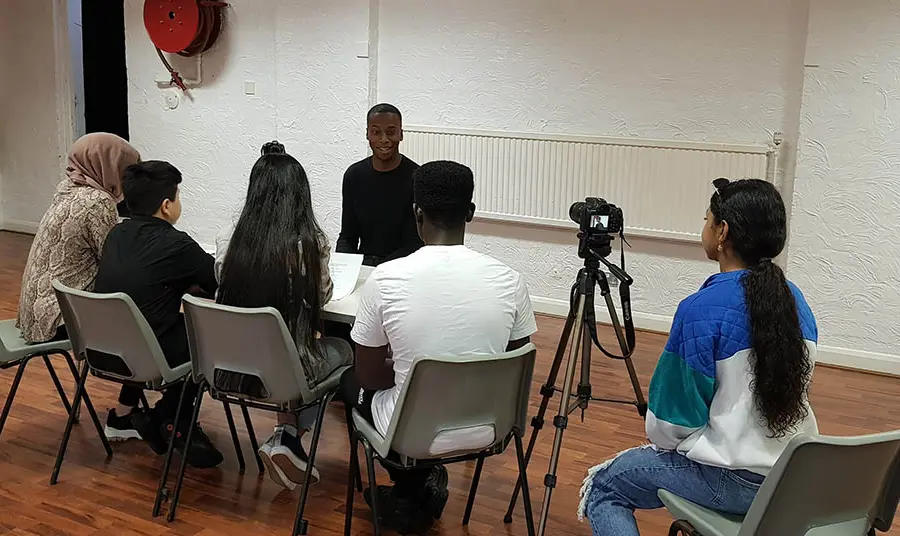
Projects
Windrush Generations: Evolving Heritage
A group of young people working with the African Community Centre in Swansea led a project to uncover the stories of descendants of the Windrush generation living in South Wales.
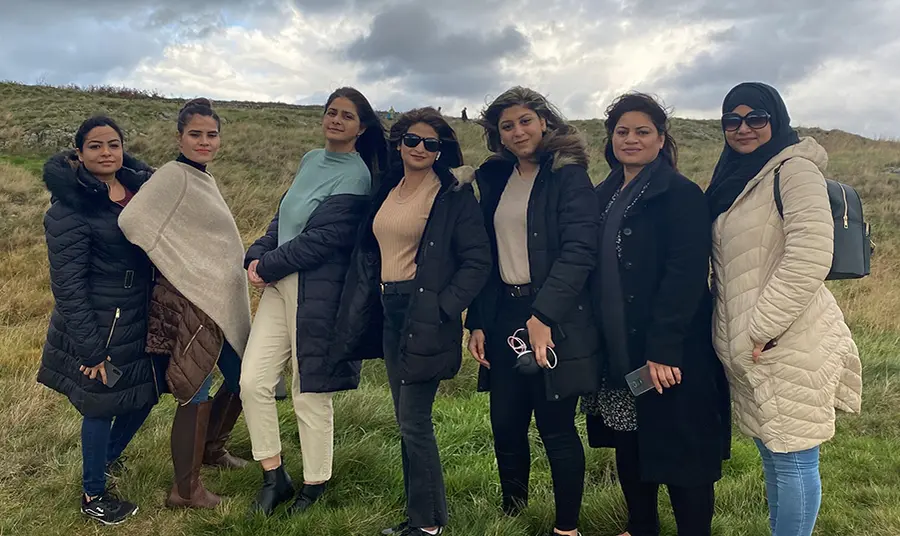
Projects
Wayfinding: Diversity, Equity and Inclusion in the Great Outdoors
The Wayfinding project created opportunities for people from diverse ethnic communities in the North East of England to engage with the outdoors and wildlife in their local area.
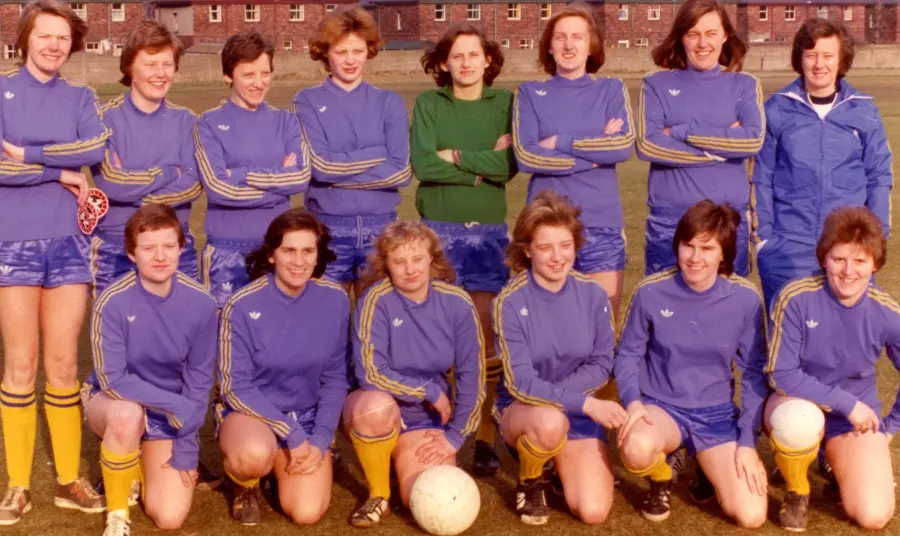
News
Revealing the hidden history of women’s football
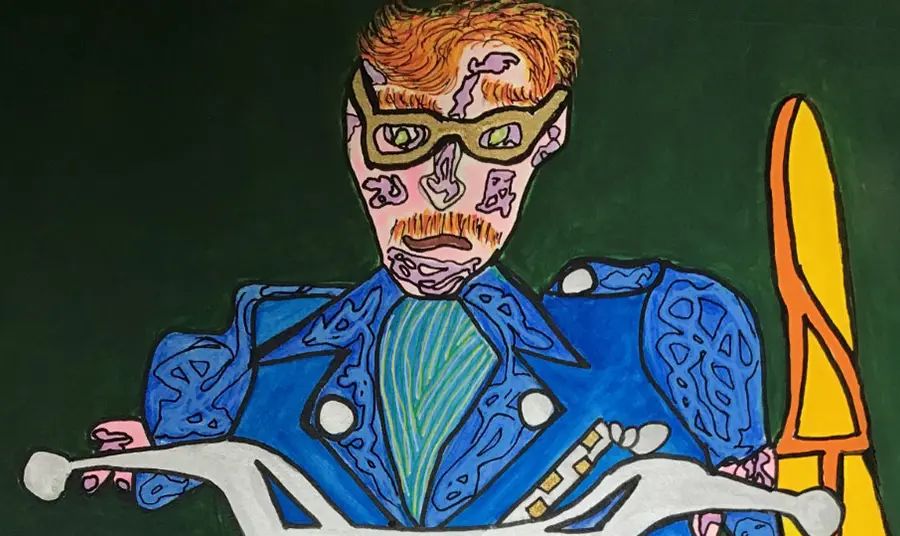
Projects
100 Portraits - a living archive of learning disability today
Artists used portraiture to capture a snapshot of the learning disabled community in Scotland during the pandemic.
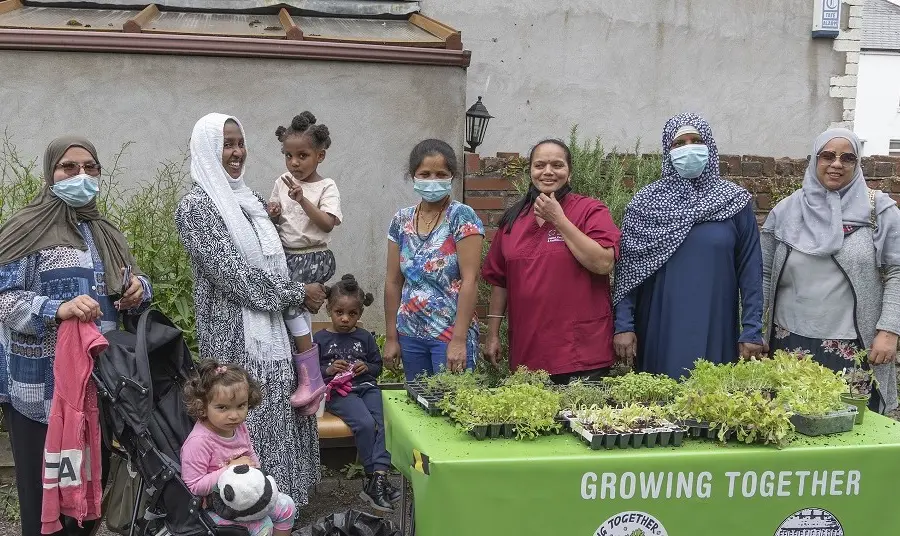
News
£300,000 nature funding for under-served communities in Wales
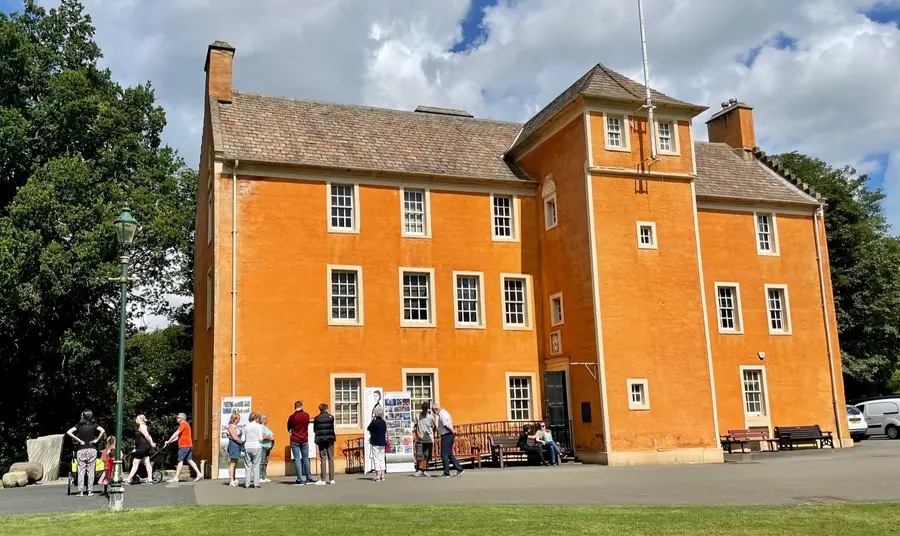
Projects
Dunfermline & West Fife - Wellbeing Through Heritage
The project is helping people improve their mental health and wellbeing through access to heritage.
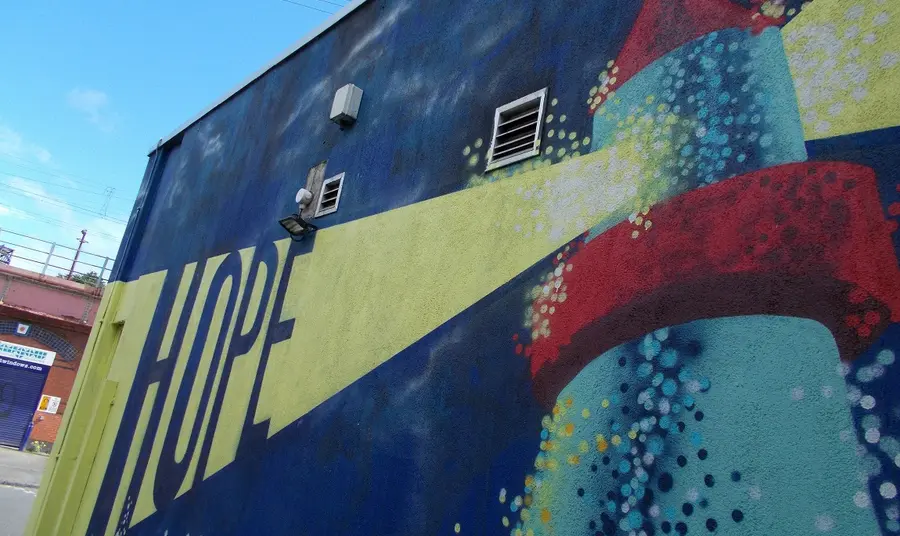
Projects
People with disabilities tell their stories through photography
A participatory photography project is supporting disabled people and those from socially deprived areas to engage with their local and national heritage.
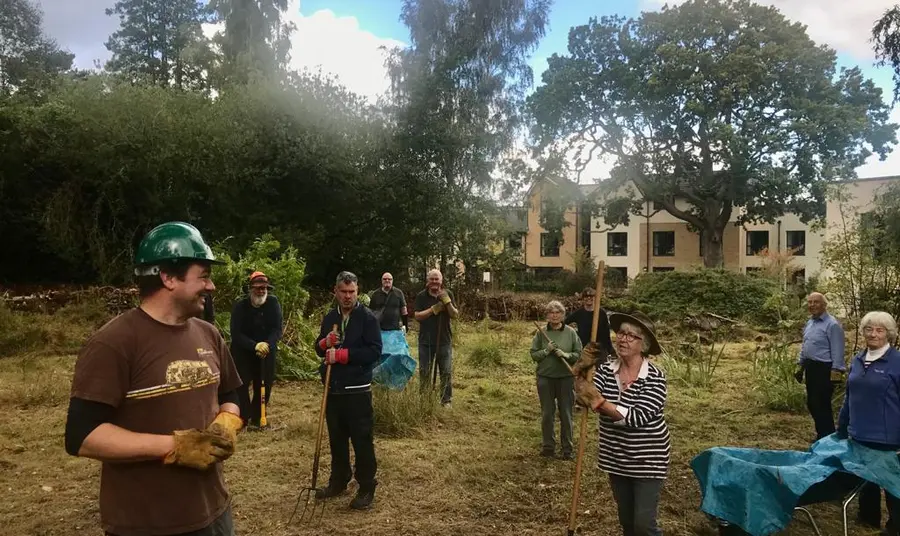
Projects
The Wilderness: Saving nature’s heritage to improve wellbeing
Despite challenges during the pandemic, The Wilderness project shows how older people’s wellbeing can be improved by actively restoring and engaging with natural heritage.
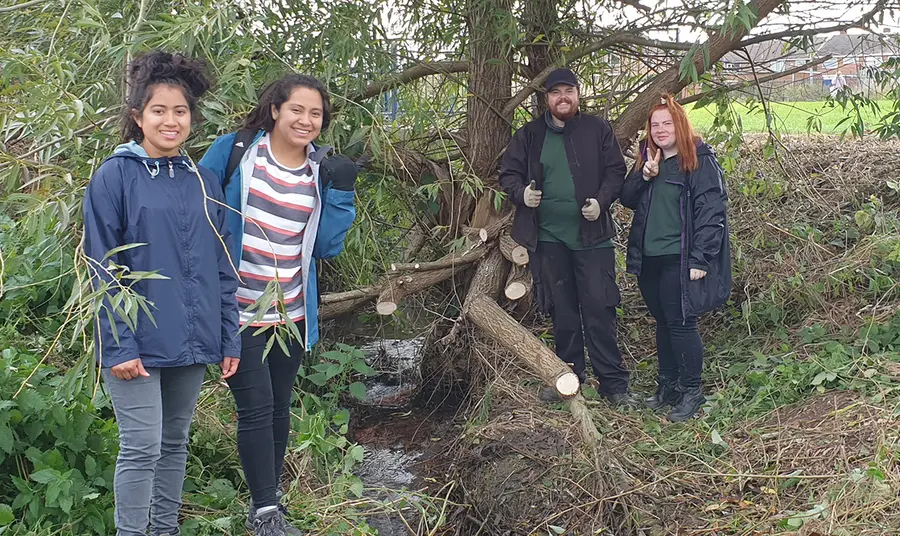
Stories
Bringing people together in green spaces
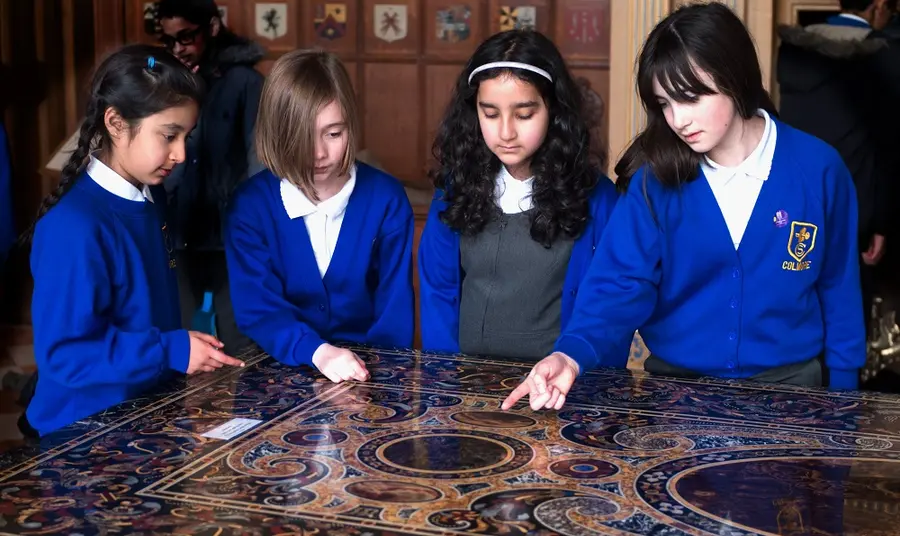
Projects
Colonial Countryside: Reinterpreting English Country Houses
The University of Leicester provides opportunities for children to explore and think about British imperial history at National Trust Houses.
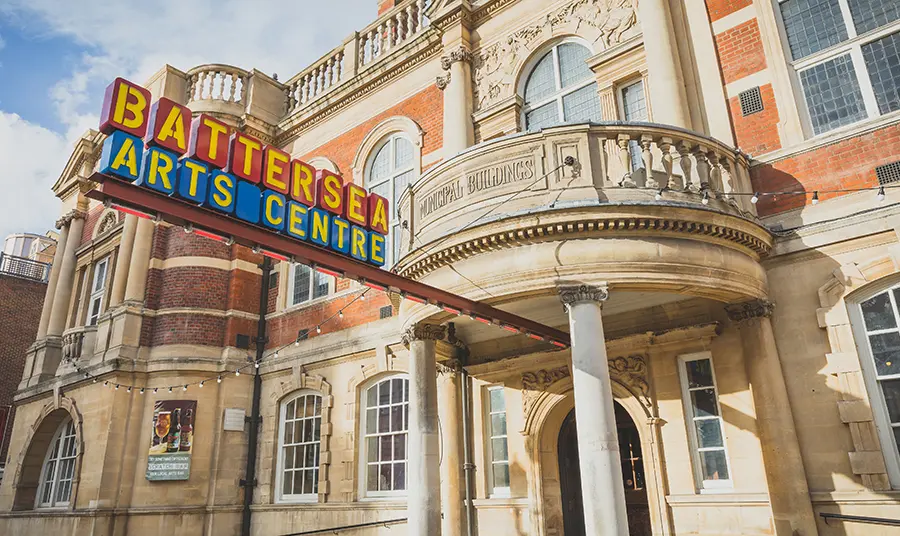
Projects
Celebrating our Black heroes: The story of John Richard Archer- Battersea’s First Black Mayor
The Black Heroes Foundation staged a short play at Battersea Arts Centre about John Archer, the first Black Mayor of London, elected in 1913.
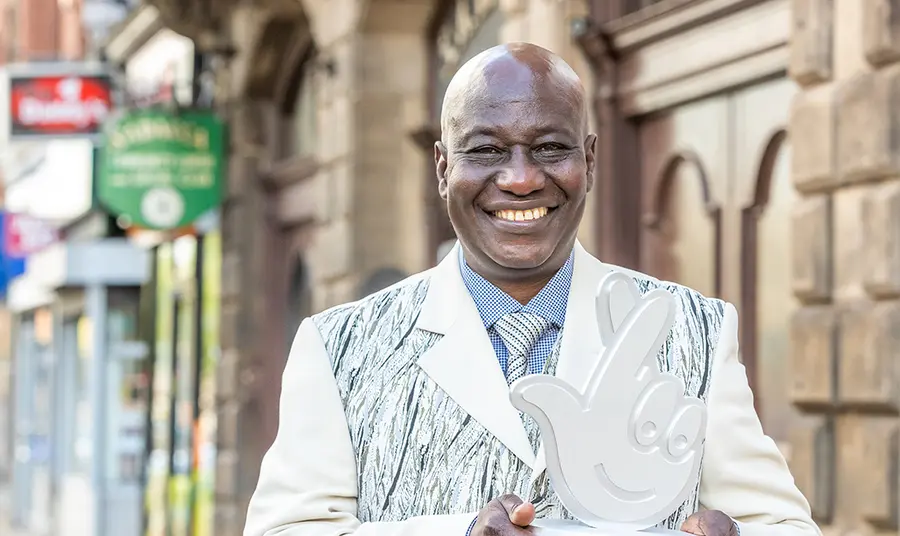
News
